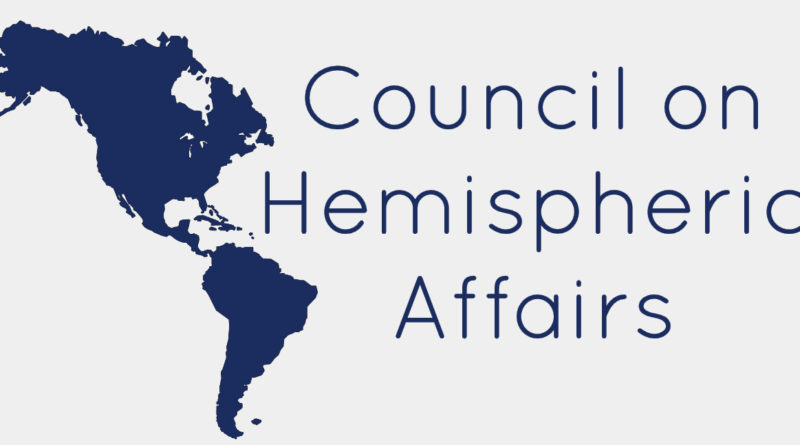COHA Recommends: “Who Owns the World’s Land? A Global Baseline of Formally Recognized Indigenous and Community Land Rights.”
COHA is delighted to republish this compelling study by the Rights and Resources Intitiative (RRI): “Who Owns the World’s Land? A Global Baseline of Formally Recognized Indigenous and Community Land Rights.”
The study aims to quantify the amount of land formally recognized by national governments as owned or controlled by Indigenous peoples and local communities. Moreover, it provides a valuable tool for further research on social, economic, demographic and environmental trends in different regions of the world, including Latin America.
There has been a discouraging trend occurring in many parts of the world in which land claims by indigenous and rural communities are many times being ignored. In this regard, the report makes clear that formal land ownership recognition can greatly contribute to the economic development and security of these groups, especially in rural areas. Moreover, it can serve as a confidence-building tool and turning point in conflict-torn countries and regions.
Clement Doleac, one of COHA’s Research Fellows, currently serves as an Associate for Rights and Resources. Thanks to Mr. Doleac’s hard work and diligence COHA has received the rights to republish this study by RRI.
RRI is coordinated by the Rights and Resources Group, a non-profit organization based in Washington, D.C. For more information, please visit www.rightsandresources.org.
For a PDF version of this study click here.
Preface by Andy White, RRI Coordinator:
“In recent years, there has been growing attention and effort towards securing the
formal, legal recognition of land rights for Indigenous Peoples and local communities.
Communities and Indigenous Peoples are estimated to hold as much as 65 percent of the
world’s land area under customary systems, yet many governments formally recognize their rights to only a fraction of those lands. This gap—between what is held by communities and what is recognized by governments—is a major driver of conflict, disrupted investments, environmental degradation, climate change, and cultural extinction. While community land rights are garnering greater attention in national and international circles, the actual status and extent of legal recognition has not been well understood.
This report seeks to contribute to this field as the first analysis to quantify the amount
of land formally recognized by national governments as owned or controlled by Indigenous
Peoples and local communities around the world. The study includes data from 64
countries comprising 82 percent of global land area. It builds on the ongoing work of the
Rights and Resources Initiative (RRI) to track ownership and control of the world’s forests,
and expands that research to identify lands that are owned and controlled by local
communities across all terrestrial ecosystems in the countries studied, including such
diverse lands as grasslands in China, taiga in northern Canada, and rainforests in Brazil.
The finding that only 18 percent of land area in the countries studied is formally
recognized as owned or controlled by local communities and Indigenous Peoples reveals
the level of challenge facing the world today. Moreover, the findings that much of this
recognized area is in just a few countries, that less than 5 percent of land is recognized as
community owned or controlled in more than half of the countries, and that weaknesses
and restrictions often impede the realization of rights, all demonstrate the need for action.
Fewer than half of the countries studied have the legal frameworks in place to recognize
communities’ and Indigenous Peoples’ full ownership rights to their lands.
We hope that this report will be used by community and Indigenous Peoples’
organizations, policy makers, advocates, investors, donors, and researchers to measure
governments’ progress in formally recognizing Indigenous Peoples and communities’
rights to the lands that they have held in practice for generations. In addition, we hope
that the findings will spur more action by all of these stakeholders to seize the many
immediate opportunities for tenure reform as a way to close the gap between national
laws, corporate practice, and communities’ rights.
As this report is the first effort to compile a global estimate of the formal recognition
of Indigenous Peoples’ and communities’ land rights, we welcome comments and
suggestions on how the methodology and results can be refined and improved in the
future. Comments such as these have strengthened RRI’s forest tenure data and analysis
for more than a decade. We look forward to your assistance as we refine our approach for
future editions of the global baseline of indigenous and community land rights.”
Andy White
Coordinator
Rights and Resources Initiative
For a PDF version of this study click here.


